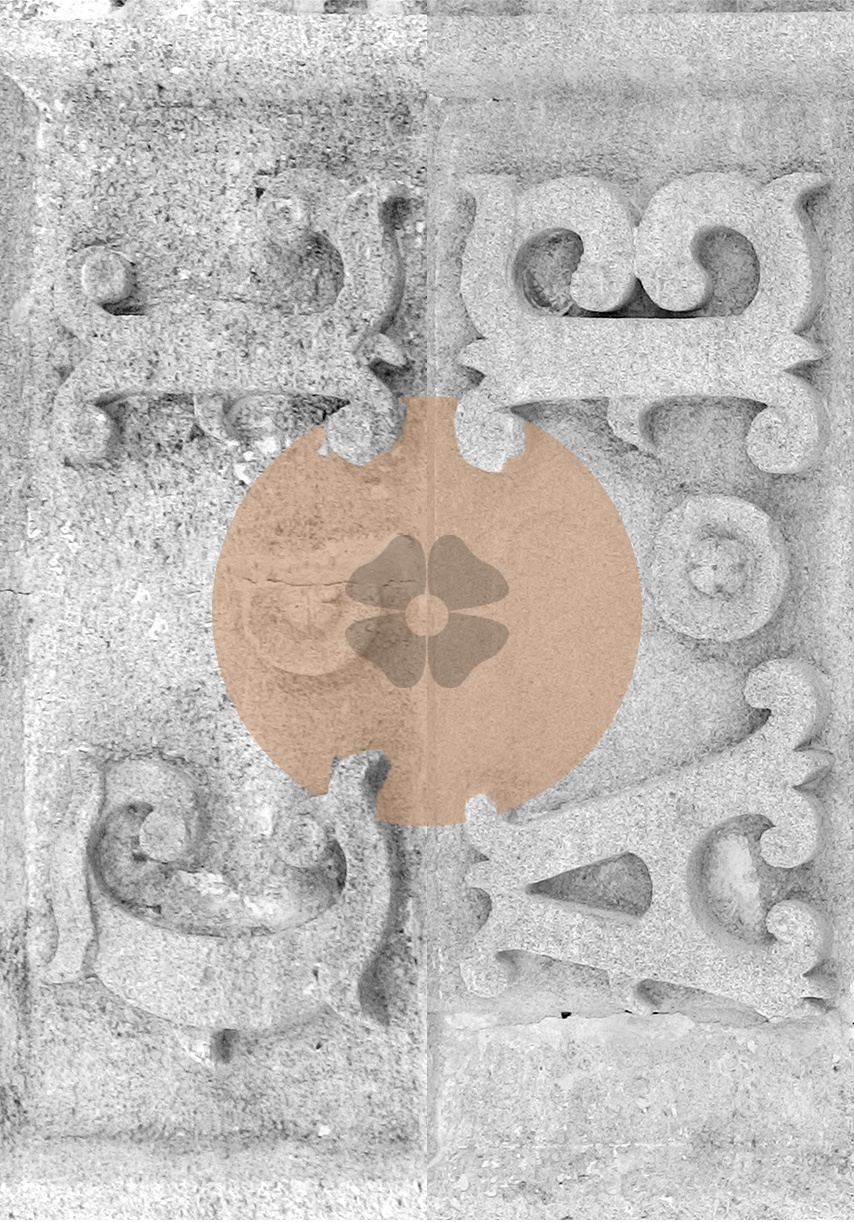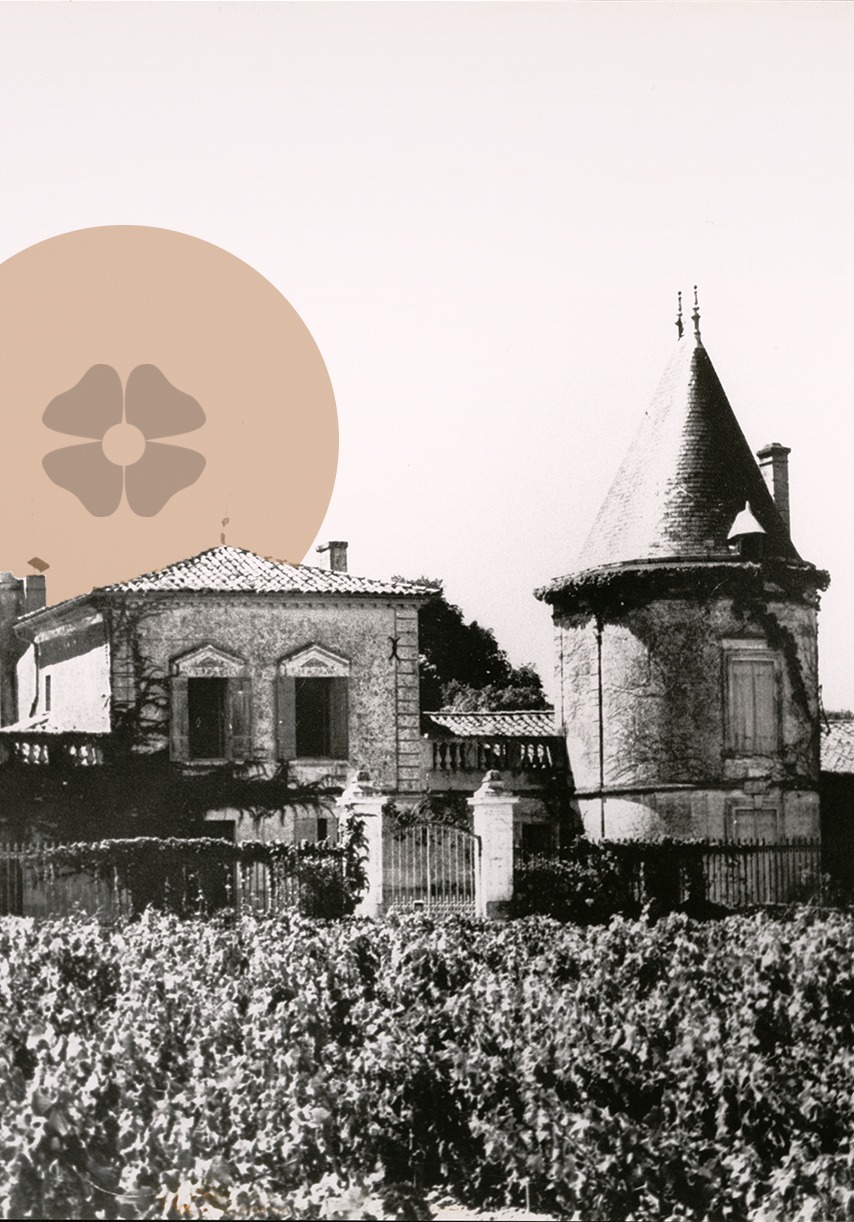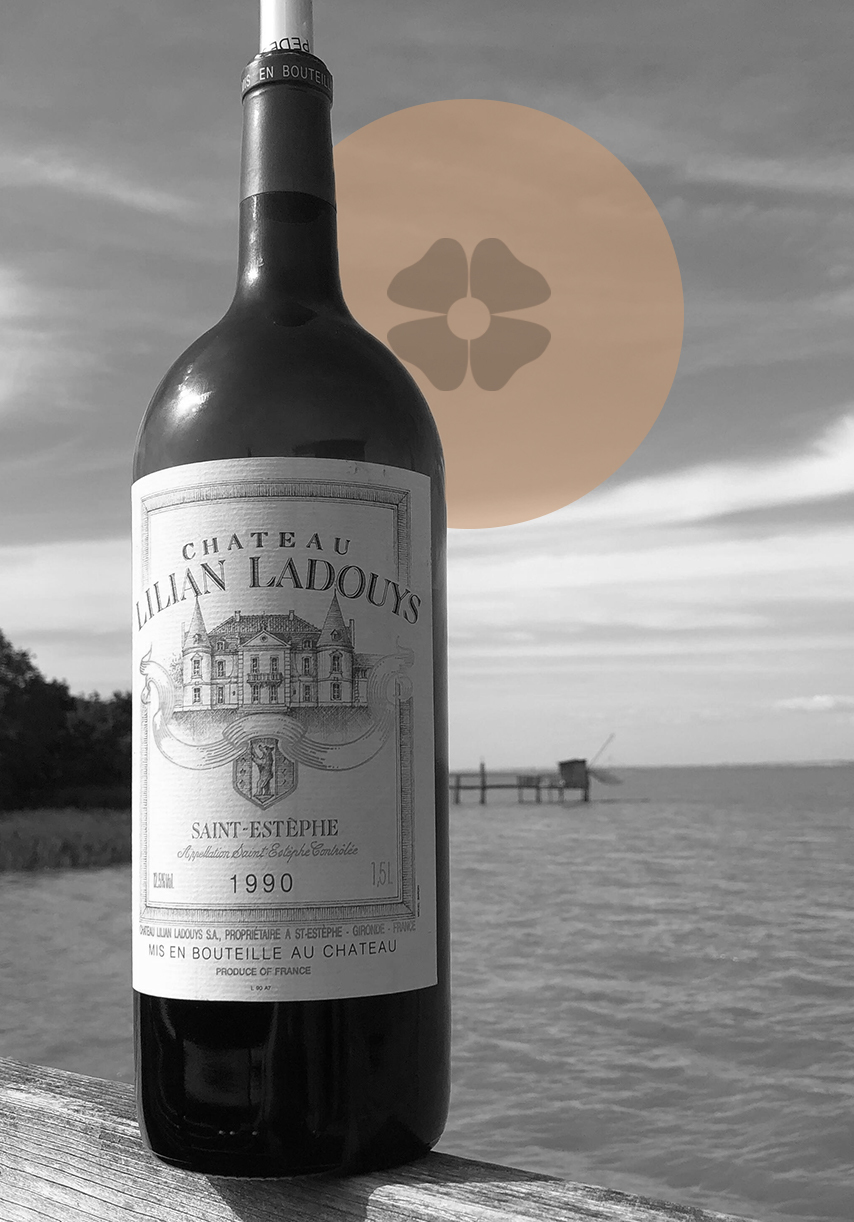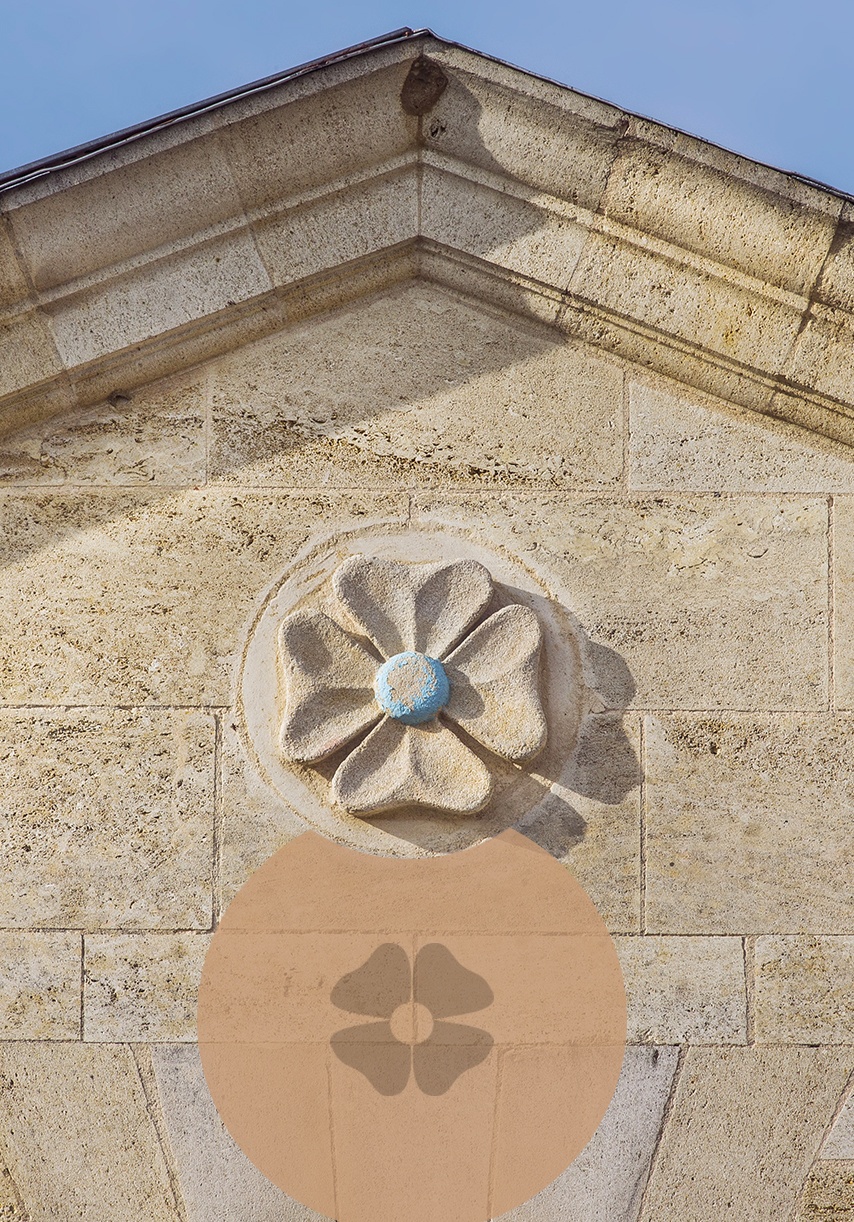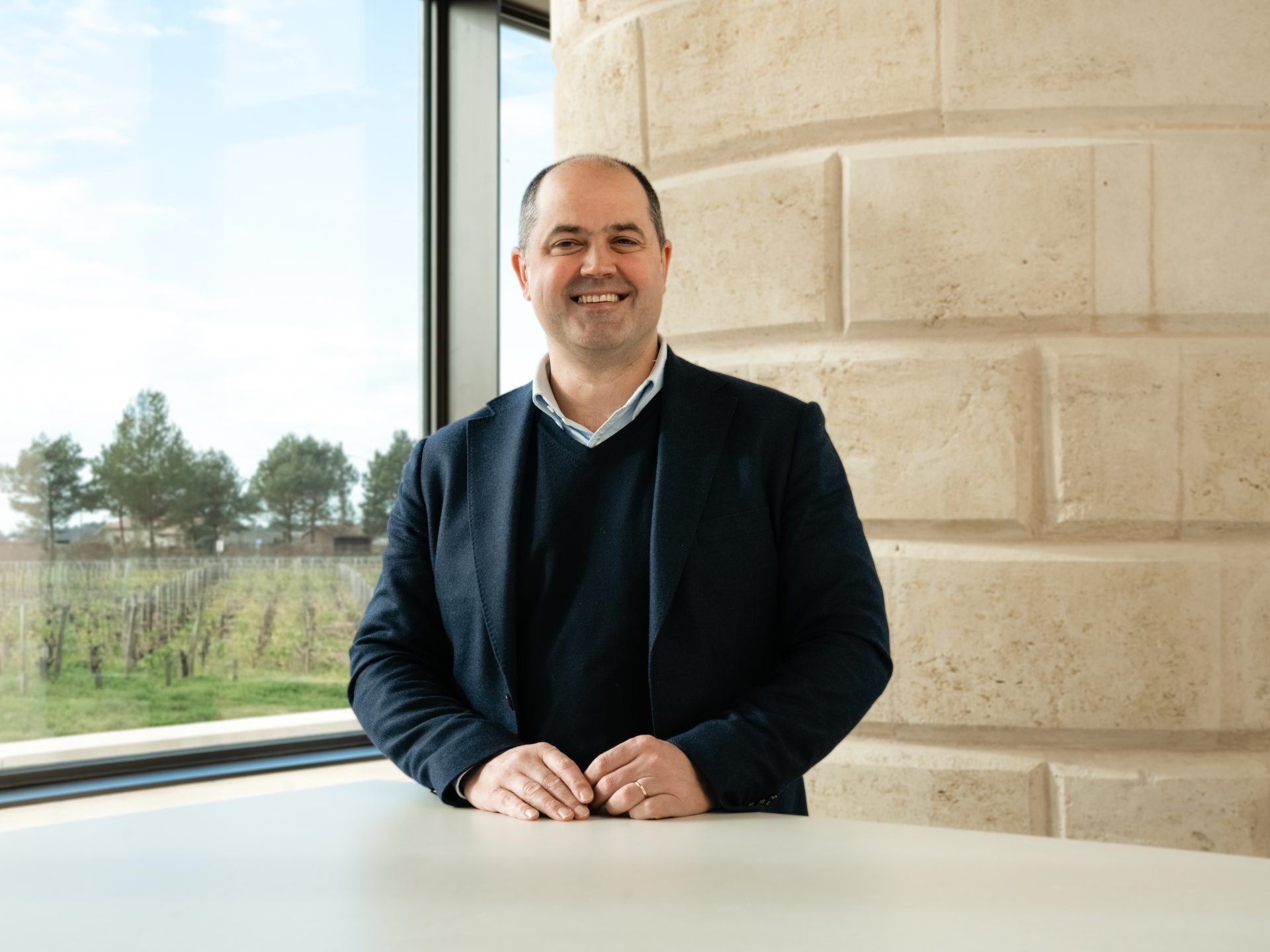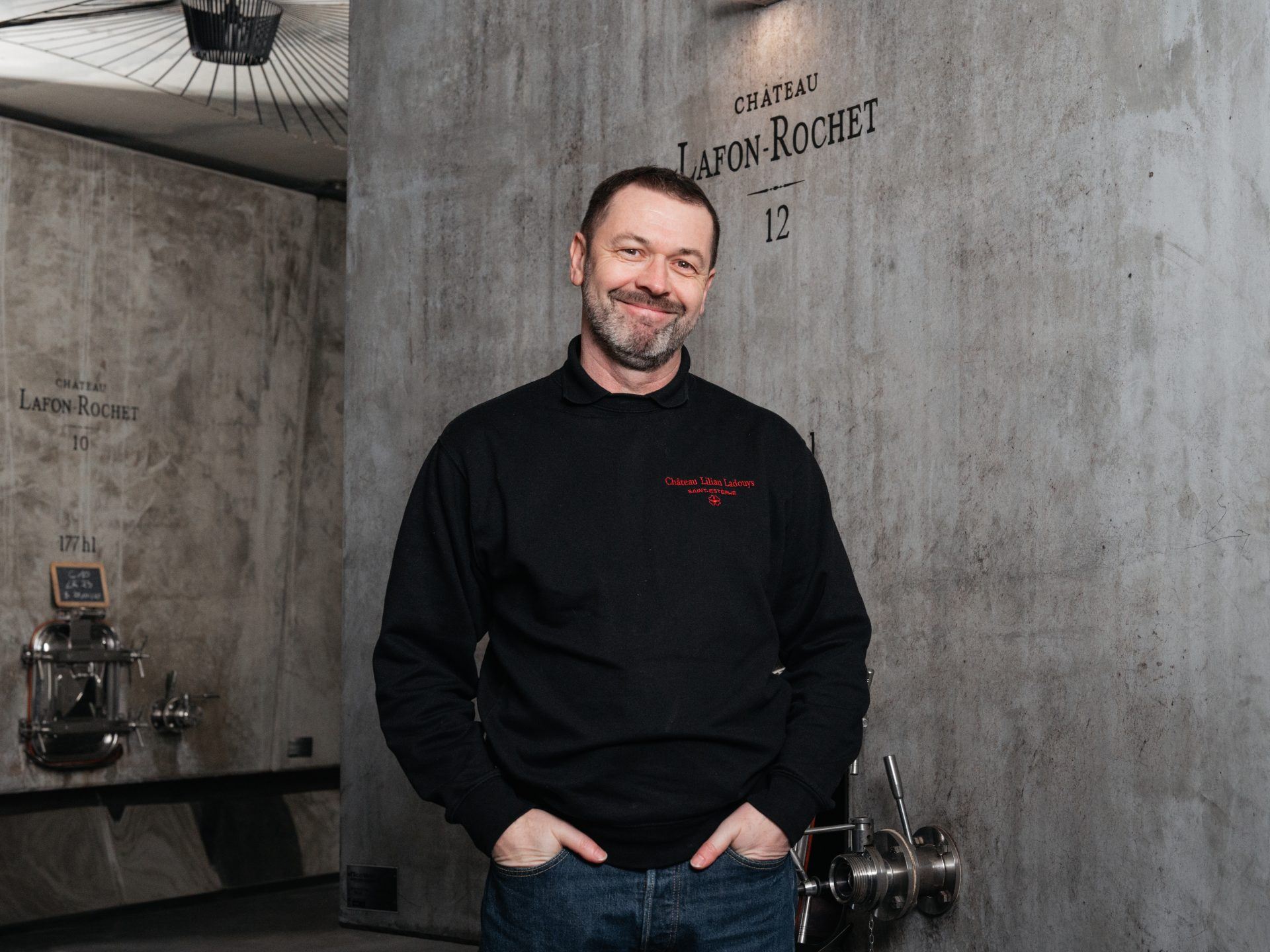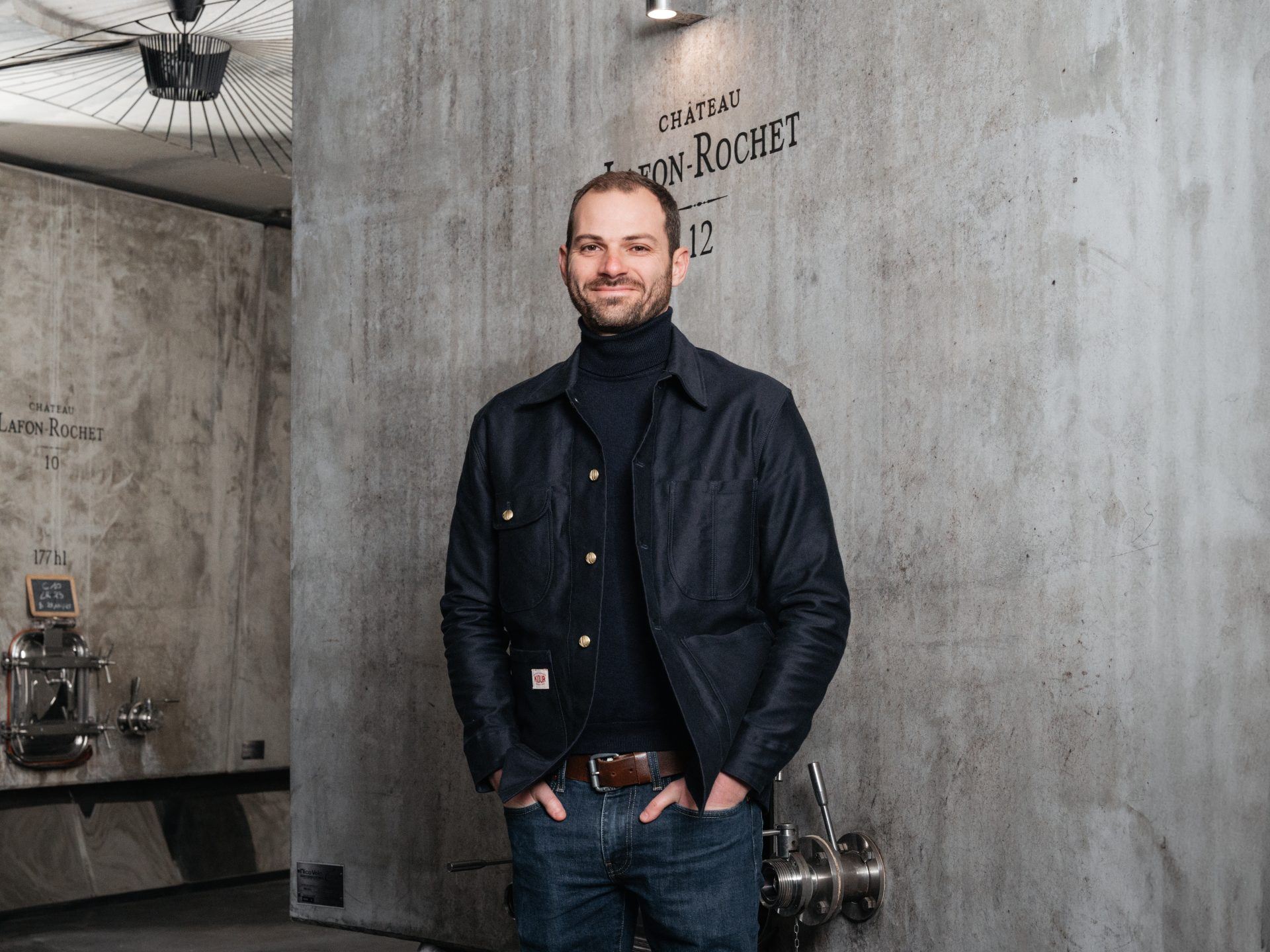The history of Château Lilian Ladouys is inseparable from that of the Médoc region. Born in the 16th century and a Cru Bourgeois Supérieur since the 19th century, the domaine is now back in the spotlight thanks to the Lorenzetti family.
Since 2008 the Lorenzetti family has been investing all of its passion and ambition into these wines and has continued to progress and strengthen its reputation in doing so. The family has undertaken considerable restructuring works in order to establish the highest quality terroirs whilst also modernising their production facilities. They are supported by a highly skilled and ambitious team who share their desire to work with technical precision and environmentally friendly winemaking practices. The Château was awarded the Coupe des Crus Bourgeois in 2015, a powerful reflection of the success of this new chapter
In 2018 Manon Lorenzetti, who represents the second generation of this family business, joined the Domaine in order to contribute to the adventure. She is driven by the same desire as her parents, that of taking Château Lilian Ladouys to the very top of the Saint-Estèphe appellation.

